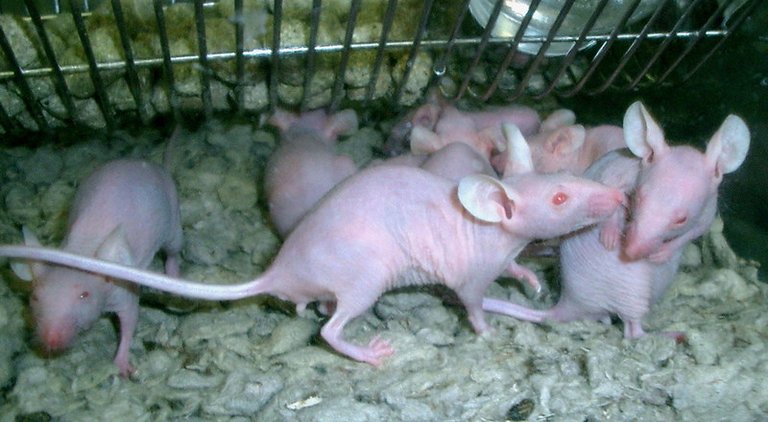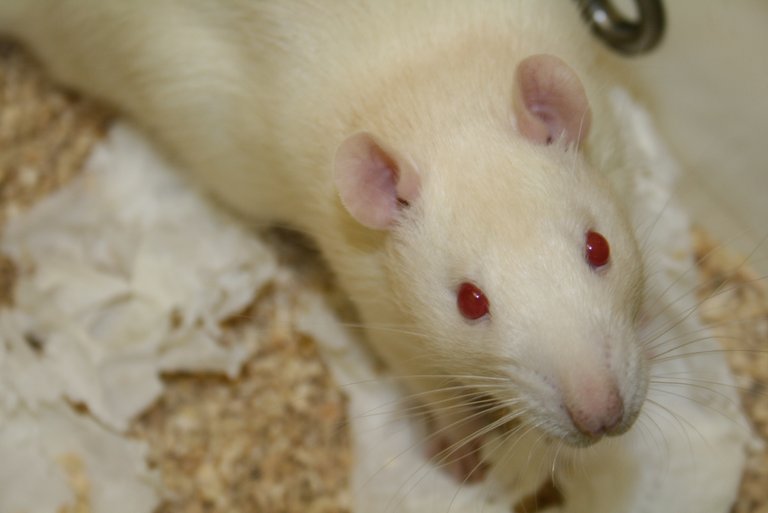Rats were known to do rat things until the 1800s when people began breeding them for sports and shows. Slowly, they found their way into labs. We have been able to build our health world on the backs of lab rats and lab mice, especially when looking for health solutions and drug testing.
One of the earliest scientists that conducted a test on this animal of anatomical and health awesomeness was Phillippeaux J.M who removed the adrenal gland of the rodent in 1856. Years later, Henry Donaldson looked into breading standardized lab rats from albino rats. The question that might be on your mind is why rat? These creatures are small, easy to care for, grow quickly, and have a short gestation period so we can get lots of rats in a short period.
In 1909, researchers including Donaldson began the first-ever rat strain with the same genome, and fast-forward to today, we have over 500 strains of rat, tailored for different purposes. Donaldson initially investigated the rats for rats but soon, he realized that they can be helpful for a lot of things especially when it comes to human health and they could serve as a stand-in for humans.
There have been over 1.5 million documented researches using these adorable friends and it has been the backbone of pharmaceutical companies from the 20th century. Scientists have been able to do this by injecting developing cells of humans into rats thereby leading to the rats having the immune system of humans while still having the body of rats, so scientists have been able to create different lab rats for different purposes.
Although we have been able to do a lot with rats, there have been a lot of studies that showed that lots of animal model research has failed in humans like a study in 2014 that showed that Alzheimer's treatment that looked promising in animals failed about 99.6% in human clinical trials. While these animals have been productive for us humans, there is the ethical side of using living beings as test subjects.
We are starting to look at moving away from animal models to better alternatives and one such is a computer simulation known as “in silico”. Another way scientists are looking at is using organoids which are 3D lab-grown mini-versions of human organs that live in Petri dishes. Researchers can use stem cells like pluripotent stem cells which can grow to become organoids that act just similarly to real organs. Organoids look like where we are going to be pivoting towards but then it has its downside which includes not getting the preferred organoid.
READ MORE
https://pmc.ncbi.nlm.nih.gov/articles/PMC3987984
https://ieeexplore.ieee.org/abstract/document/9462574?
https://stemcellres.biomedcentral.com/articles/10.1186/s13287-021-02142-x
https://alzres.biomedcentral.com/articles/10.1186/alzrt269
[https://www.genome.gov/11511308/2004-release-scientists-compare-rat](https://www.genome.gov/11511308/2004-release-scientists-compare-rat-genome#:~:text=In%20their%20Nature%20paper%2C%20the, patterns%20across%20the%20organisms%27%20chromosomes)
https://link.springer.com/article/10.1007/s00204-019-02613-4
https://pmc.ncbi.nlm.nih.gov/articles/PMC5253109/
https://www.mcgill.ca/research/files/research/cmarc_rat_module_1_handout_revised_202101.pdf




